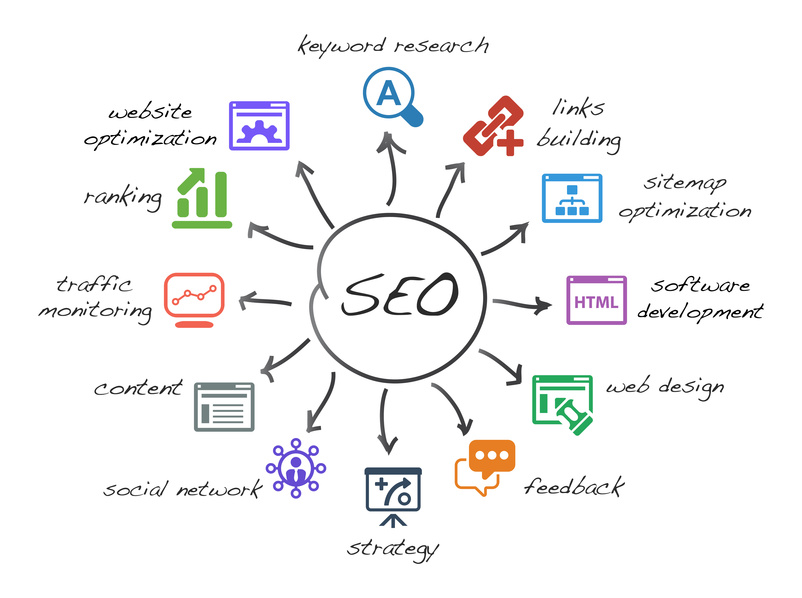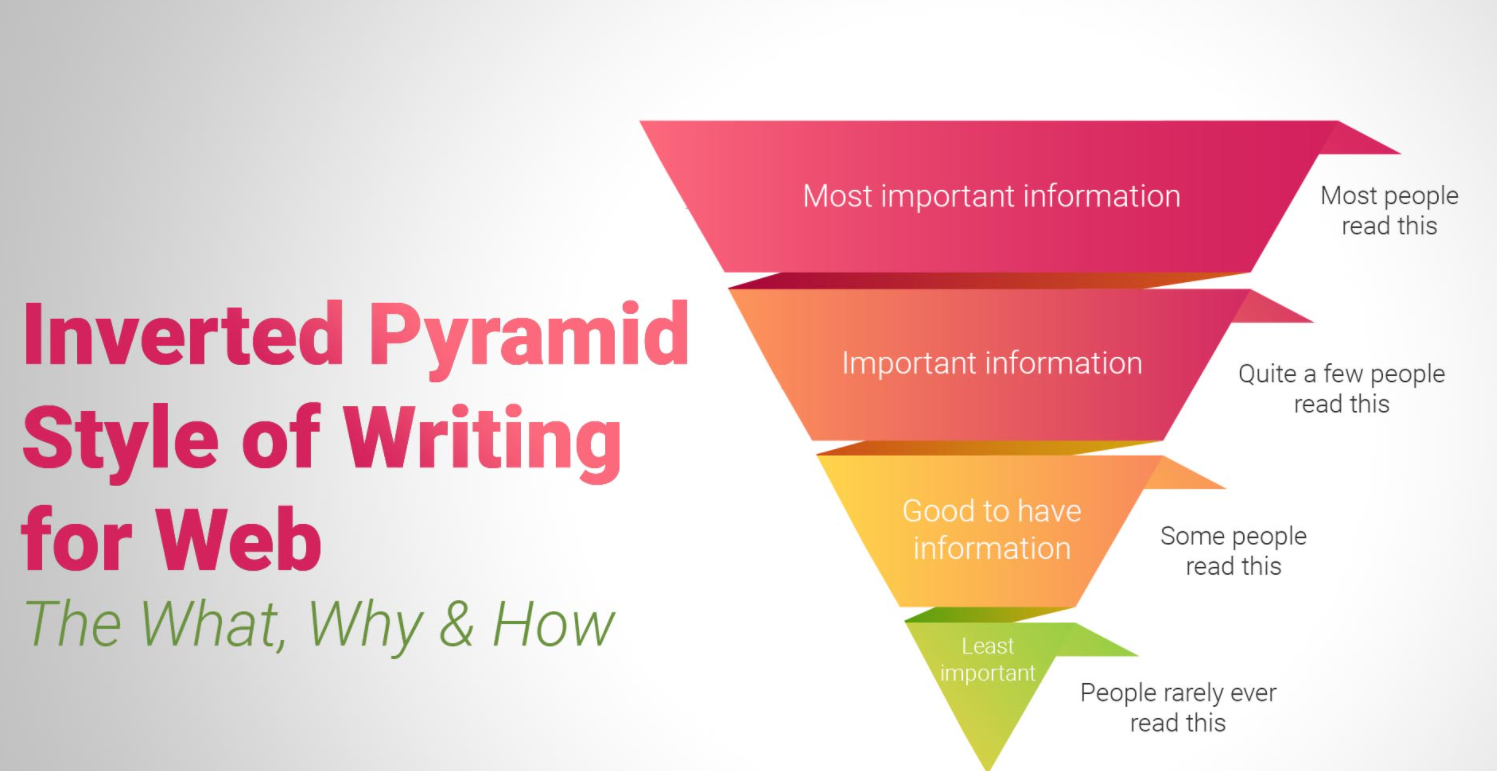What are the elements of SEO strategy that someone should look for in a winning SEO strategy for a webpage? What factors help web pages rank on Google, and most importantly, what role does SEO play in that?
SEO is a term that is thrown around quite commonly nowadays. There are at least a million guides, to-dos, dos, and don’ts on the web about using SEO, setting an SEO strategy for website growth, or SEO for social media.
However, in the ever-evolving world of the internet, where AI algorithms predominate for ranking content, a sound SEO strategy is necessary.
We answer all of those questions and give you the essential elements of SEO Strategy to build a winning SEO strategy. Read on!
“As long as there is search, there will be SEO.”- Patrck Coombe.
What is SEO, and Why is it Important?

In textbook terms, SEO is short for Search Engine Optimization. The basic concept behind doing this is that you are trying to optimize the content on your page to make sure that it ranks higher than it already does. And if it ranks high, it stays there consistently.
More than 50% of the searches on the platform do not result in a click. This is because 75% of all the traffic on Google does not go beyond the first page. In the end, a website’s goal is to generate leads, viewers, or conversions for a person or a business. And without SEO, the probability of that happening is relatively low, which is why it is imperative in today’s time.
Critical Elements in a Winning SEO Strategy

To make sure that your content is visible in the right places at the right time to the right people, you need your SEO game on-point. This involves devising an SEO strategy for your website or web pages. The higher the number of pages that rank higher, the more traffic you will get, resulting in the authority of the website to grow. The following are the top 7 points to involve in your SEO strategy:
-
Research the right keywords by using the right tools
The biggest pitfall that content publishers make is not using the right keywords in the content. Instead of using complete phrases and long-tail keywords in the content, break the long tail keyword into more sensible sentences.
Furthermore, use tools like Ubersuggest, AnswerThePublic, and Google Trends to understand what keywords to use and what questions to answer in your content around a particular topic.
-
Include keywords in the Title, Meta Description, and URL
Earlier, SEO existed only for the content on the website; however, as Google’s algorithm evolved, so did SEO. Now, targeting keywords in the title, meta description, and URL are imperative. This is because these are the first things that Google crawls before crawling the content itself.
If these have the requisite keywords around the topic and are packed with information, the chances of the content ranking increase manifold.
-
Use high-value information in Inverted Pyramid structure
Many times in our bid to publish long-form content for SEO, the approach to presenting the content to the reader/user is lost. Use the inverted pyramid structure to ensure that your user does not bounce off your page. These should include targeting about 80% of your primary keywords at the beginning of the article while answering questions.

In this approach, most of the high-value information about the topic is delivered at the beginning of the article. Then you move on to details of lower importance. Since a user’s browsing time lasts for an average of 45 seconds on a webpage, you need to make the most use of it so that it goes beyond that mark.
-
Perform a competitor analysis with other ranking pages
Before your page ranks, other websites occupy the higher spots on Google search results. It is because they have answered the right questions, targeted the right amount of information, and used the keywords in a way that allows them to rank. All of this, combined with other aspects like page experience, impact how Google and the users perceive it.
When conducting the competition analysis, you can look at how they have presented their data, framed their content, and mostly, what information they missed. If you understand those few missing points of information, you can include that in your content and increase your chances of ranking.
-
Optimize and streamline images and the alt-text

The devil is in the details, and optimization of images falls in that particular category. Today, images are just as important as the main content, if not more. And, in reality, images rank irrespective of how the content ranks. Sometimes, pictures can draw in a user instead of the actual content.
Every element on the page has a set priority for Google, and all of them fall higher than the actual content. However, content is the most significant element, and it accounts for about 60% of the capability of ranking.
Images also need to be optimized for the content to rank higher. For example, the size should be kept constant across the entire page, the image should be responsive (adapt according to the device the page is viewed on), and have a relevant alt-text that tells Google what the image is about.
All of this should be done while targeting the right keywords, which will help the image to rank higher. The higher the image’s rank, the better are your chances of getting a user via image results.
-
Improve overall page experience
With the deployment of the BERT algorithm, Google core updates, and the recent page experience update, Google’s crawler goes through the page similar to how a human would and then decides if the content is worth ranking and if the page experience is something a user would enjoy or not. All of this combined directly impacts how the content will rank on the page.
Due to these updates, many websites lost rankings, to the tune of >100 also. So, make sure that you are presenting the content for a human and not for a bot. If Google finds that you have stuffed keywords, not provided high-value information, and gave it negligently on an unoptimized page, your content will not rank as the SEO will be thrown off.
-
Publish and update the content regularly
Earlier, to build website authority, publishing new content repeatedly was a key factor. However, with 5.6 billion searches being done every day on Google, older content can also be helpful. So, go back to those older articles that you published, refresh them with the recent updates/changes in the topic, and invite Google to crawl the article in the present day.
If the topic is relevant even today, you will improve the SEO of the page in the updating process. That helps it to rank again. Furthermore, it also allows long-term ranking and seeding of articles, improving domain authority, page authority, and overall trust rating of the website. This will improve Google’s trust in the website and increase the likelihood of any newer articles ranking high. So, updating and publishing will go hand in hand.
Conclusion: Is SEO Important in 2021?
Absolutely! With the evolution of Google’s search algorithm and the sheer volume of content published on a topic, SEO is the primary and most potent tool in the arsenal. That can help you draw in the organic audience you are looking for.
While there is the paid ad route, in 2021, around 31% of users do not click on the ads and browse straight through to organic results. And to make sure that you fall within that mark of Top 10 Page 1 results of Google, SEO is your best friend.





























